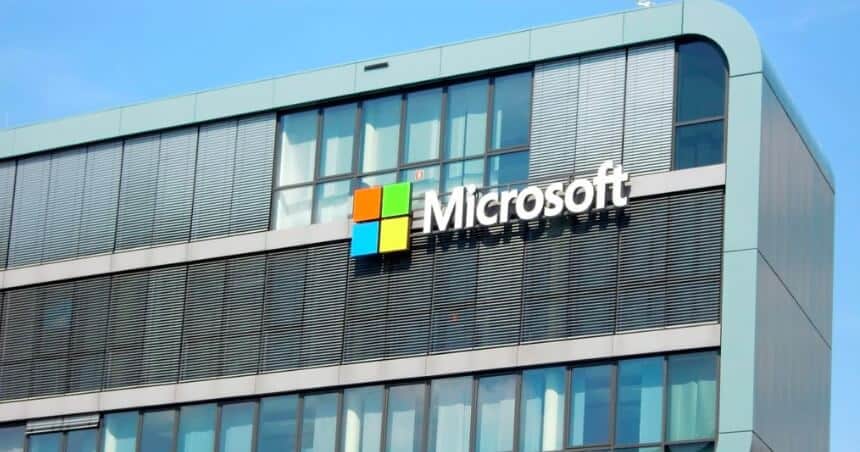Susan Dumais, a scientist and deputy managing director of Redmond research lab at Microsoft Corporation , believes that the search box will disappear in next 10 years.
The tech titan polled 17 women within its global research organization about the technology advances they expect to see in 2017 as well as a decade later in 2027, according to a report from The Verge.
The researchers made predictions on natural language processing, machine learning, agricultural software, and virtual reality, among other things.
No Search Box By 2027: Microsoft Researcher
Talking about the key advance in search and information retrieval in 2017, Dumais said that deep learning in search and information retrieval will come of age.
Over the last few years, new deep learning architectures has made breakthroughs in speech recognition, image understanding and natural language processing. So, in 2017, she believes that deep learning models will continue to improve the quality of web search results and will lead to more general improvements in document understanding and query articulation.
Answering a question about the key advance in search and information retrieval in 2027, Dumais said that the search box will disappear.
The search box will be replaced by search functionality that is more ubiquitous, embedded and contextually sensitive, she said.
“We are seeing the beginnings of this transformation with spoken queries, especially in mobile and smart home settings. This trend will accelerate with the ability to issue queries consisting of sound, images or video, and with the use of context to proactively retrieve information related to the current location, content, entities or activities without explicit queries,” according to Dumais.
Predictions About Virtual Reality, Artificial Intelligence, Machine Learning
Mar Gonzalez Franco, a researcher at Microsoft’s research unit called MSR NExT, expects to see virtual reality devices featuring better body tracking in 2017.
By 2027, the researcher believes that we have “rich multisensorial experiences that will be capable of producing hallucinations which blend or alter perceived reality.” The technology will allow humans to retrain, recalibrate and improve their perceptual systems. In contrast to current virtual reality systems that only stimulate visual and auditory senses, the experience will expand in the future to other sensory modalities including tactile with haptic devices, according to her.
For artificial intelligence and machine learning, Katja Hofmann, a researcher at the company’s research lab in Cambridge, U.K., said that next year will see computer games taking center stage in the development of artificial intelligence or AI.
“AI is progressing very rapidly. It has great potential to empower people and help us tackle key global challenges. To me, the most important topic of discussion is how to ensure that by 2027 these advances and great potential translate into AI technology that results in the greatest possible benefit to society,” according to Hofmann.
Microsoft Corporation loves to use AI to change the world. According to CEO Satya Nadella, the tech giant is working to put AI into every app, everywhere.
Microsoft is also betting big on the field-programmable gate arrays or FPGAs. In 2010, the company launched a project to explore the use of FPGAs aimed at improving performance and reducing power consumption in the datacenter. FPGA, an integrated circuit that can be configured by a customer after manufacturing, now underpins Bing and drive Azure. The tech giant is expected to use FPGAs almost in every server in the coming days.
Trusted & Regulated Stock & CFD Brokers
What we like
- 0% Fees on Stocks
- 5000+ Stocks, ETFs and other Markets
- Accepts Paypal Deposits
Min Deposit
$200
Charge per Trade
Zero Commission on real stocks
64 traders signed up today
Visit Now67% of retail investor accounts lose money when trading CFDs with this provider. You should consider whether you can afford to take the high risk of losing your money.
Available Assets
- Total Number of Stocks & Shares5000+
- US Stocks
- German Stocks
- UK Stocks
- European
- ETF Stocks
- IPO
- Funds
- Bonds
- Options
- Futures
- CFDs
- Crypto
Charge per Trade
- FTSE 100 Zero Commission
- NASDAQ Zero Commission
- DAX Zero Commission
- Facebook Zero Commission
- Alphabet Zero Commission
- Tesla Zero Commission
- Apple Zero Commission
- Microsoft Zero Commission
Deposit Method
- Wire Transfer
- Credit Cards
- Bank Account
- Paypall
- Skrill
- Neteller
What we like
- Sign up today and get $5 free
- Fractals Available
- Paypal Available
Min Deposit
$0
Charge per Trade
$1 to $9 PCM
Visit Now
Investing in financial markets carries risk, you have the potential to lose your total investment.
Available Assets
- Total Number of Shares999
- US Stocks
- German Stocks
- UK Stocks
- European Stocks
- EFTs
- IPOs
- Funds
- Bonds
- Options
- Futures
- CFDs
- Crypto
Charge per Trade
- FTSE 100 $1 - $9 per month
- NASDAQ $1 - $9 per month
- DAX $1 - $9 per month
- Facebook $1 - $9 per month
- Alphabet $1 - $9 per month
- Telsa $1 - $9 per month
- Apple $1 - $9 per month
- Microsoft $1 - $9 per month
Deposit Method
- Wire Transfer
- Credit Cards
- Bank Account



